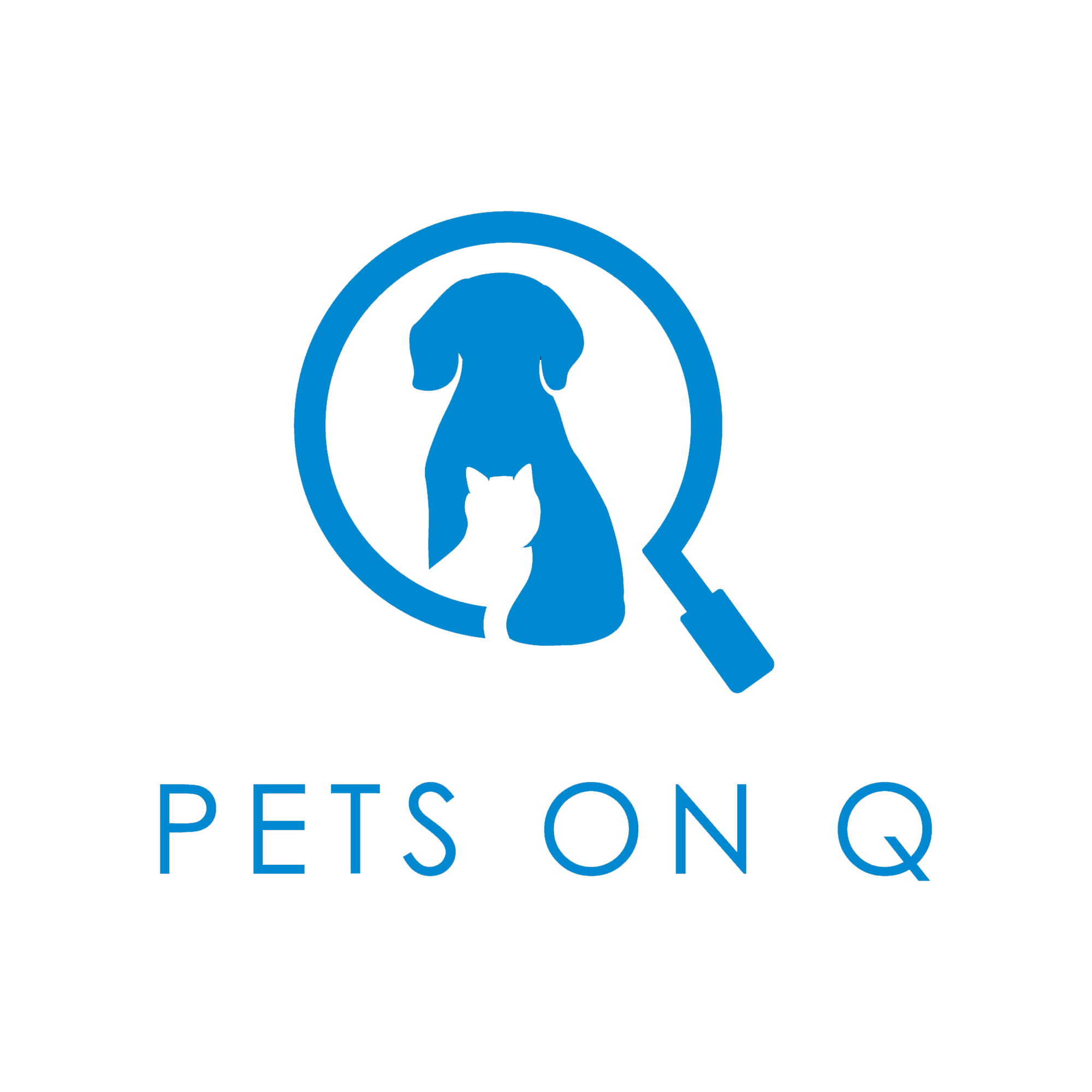Here’s How to Choose and Accurately Price an Influencer
If it’s good enough for Kim K, it’s good enough for us. Influencer marketing – specifically pet influencer marketing – is making big waves in marketing. It’s been estimated by MediaKix that by 2025, influencer marketing spend will be at and above $10 billion, so the biggest question isn’t how much you’re going to spend, but rather it’s where you’re going to spend it: on human influencers, or pet influencers?
How do they compare?
The Case for Human Influencers
Human influencers can be a high-risk, high-reward investment. On the plus side, humans are able to relate to their audience on a more intimate level because they can offer their personal recommendation. People value a trustworthy opinion from someone they already like and follow.
Unfortunately though, human influencers aren’t perfect. For example, they can make mistakes and get involved in Internet drama. All too many have found themselves ‘cancelled’ – some ‘haters’ going as far as changing their consumption habits to spite an influencer they dislike (e.g. if a consumer sees an influencer they dislike drinking a Pepsi, they may opt for a Coke next time they are shopping).
